► The BMW X3 is back – but is it better?
► Mk4 model brings new tech and engines
► And a revamped driving experience
Given its status as the de-facto rep mobile, you’d expect the 3 Series would be BMW’s best-seller. And you’d be wrong. It is, in fact, the X3 that tops the company’s global sales charts, with more than 3.5 million examples finding homes since the first-generation model hit the market in 2004.
The previous BMW X3 became a bit of an underdog in its twilight years, living in the shadow of newer, shinier and more eco-friendly offerings from the likes of Kia, Skoda and Porsche. The new Kodiaq is a masterclass in what a family SUV should be, while the latest Macan proves you don’t have to make a compromise on driver engagement by going electric.
But this new X3 is keen to step back into its spotlight. It’s coming in swinging with a striking new design language (that we think doesn’t quite fit in with anything else BMW makes), some stellar interior technology, a snazzy new plug-in hybrid powertrain and a driving experience that’s as sharp as ever.
We’ve already experienced the car in Germany, but this review marks the first time we’ve driven the car in the UK. Scroll down to find out what we made of it.
At a glance
Pros: superb ride and handling balance, loads of boot space, bombastic M50 model
Cons: cheap interior plastics, expensive options, idiotic touch-sensitive vent controls
What’s new?
Plenty. We’ll try to not get bogged down by the – ahem – questionable styling and focus on the technical tweaks. This new car is based on a revised version of the old X3’s CLAR platform – and it has a revamped range of engines, including a punchy straight-six petrol unit and a new PHEV system with an impressive 56 miles of electric driving range.
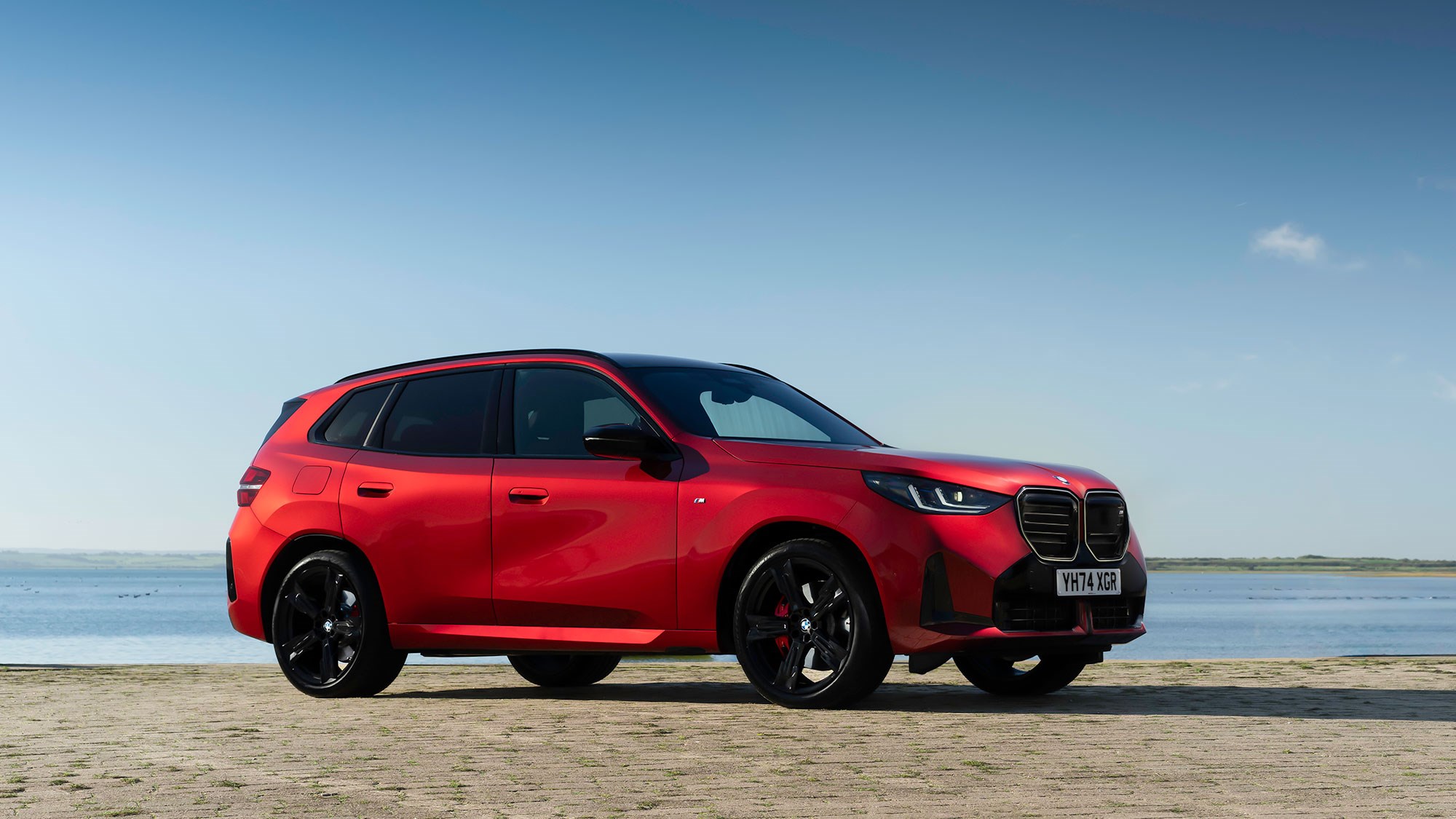
The cabin’s been fettled, too. The new X3 is one of the last BMWs to adopt the brand’s Curved Display infotainment system, as found in the latest 5 Series and 7 Series. It also gets the same ‘interaction bar’ as the flagship i7 that changes colour depending on what driving mode you’re in. Plus, there are more recycled materials. More on that later.
What are the specs?
Choice is key to the X3’s appeal. So, while BMW is streamlining its range elsewhere, it’s retained a full complement of powertrains here. You can have it as a petrol, a PHEV and even a diesel. Every model features an eight-speed automatic gearbox and all-wheel drive.
The cheapest engine is the 20 xDrive (without an ‘i’ suffix, because ‘i’ now means electric in BMW-speak) – and it’s a 205bhp 2.0-litre petrol unit. The next rung on the ladder is the 20d xDrive, which uses a 194bhp 2.0-litre diesel engine.
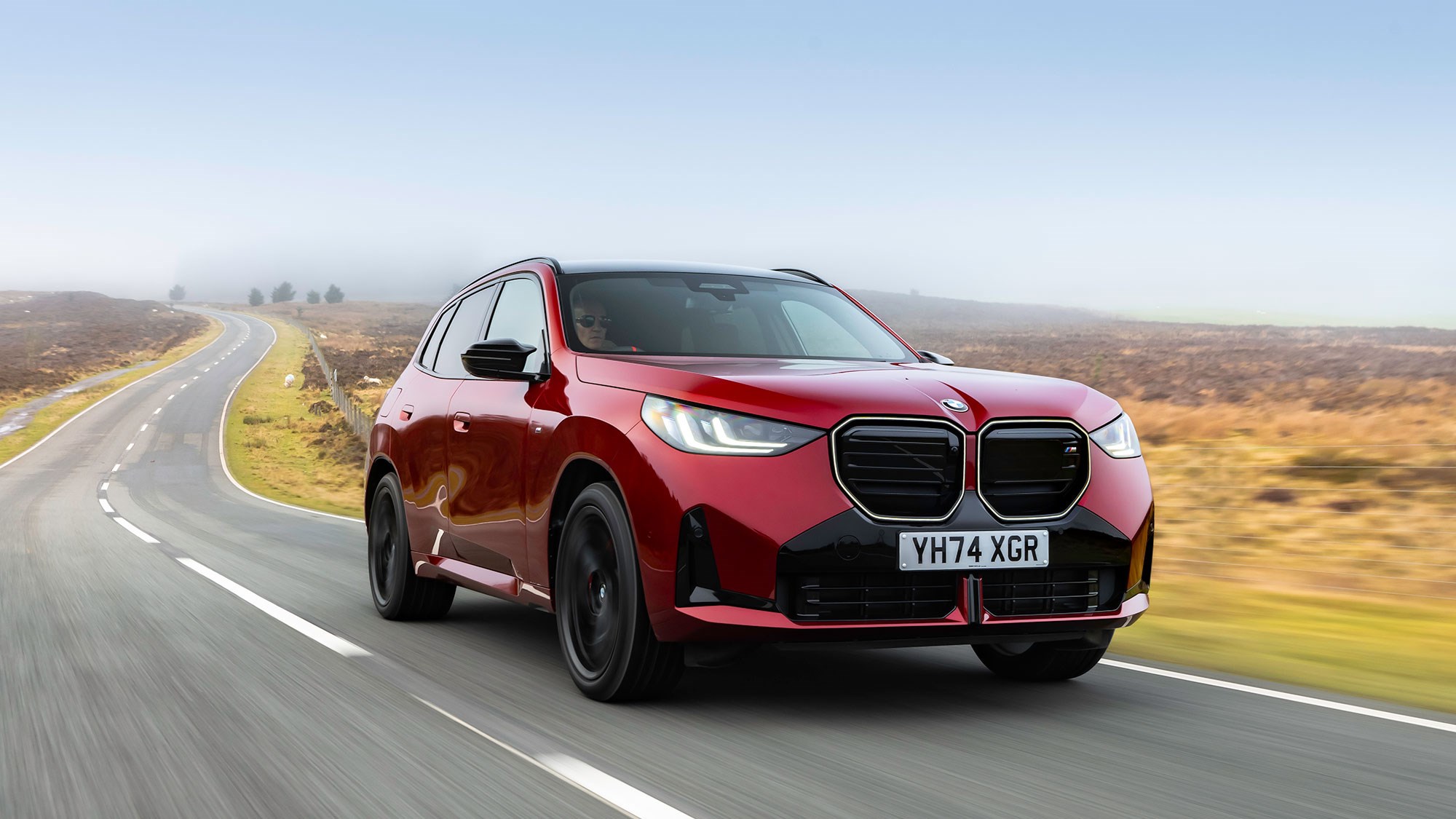
Surprising, isn’t it? BMW has culled diesel from just about every car it sells in the UK, including the 3 Series and 5 Series. But it acknowledges the X3 is a popular tow car – and the only way you can unlock its maximum 2.5-tonne towing capacity is by getting your fuel from the black pump.
BMW has made the biggest gains with its plug-in hybrid powertrain. The 30e xDrive’s powertrain consists of a 2.0-litre petrol engine, an electric motor and a much larger 19.7kWh battery pack. The result? A combined output of 295bhp and a maximum electric driving range of 56 miles. That’s good on paper, but it’s still hard to ignore the Mercedes GLC plug-in hybrid with its maximum claimed range of 83 miles.
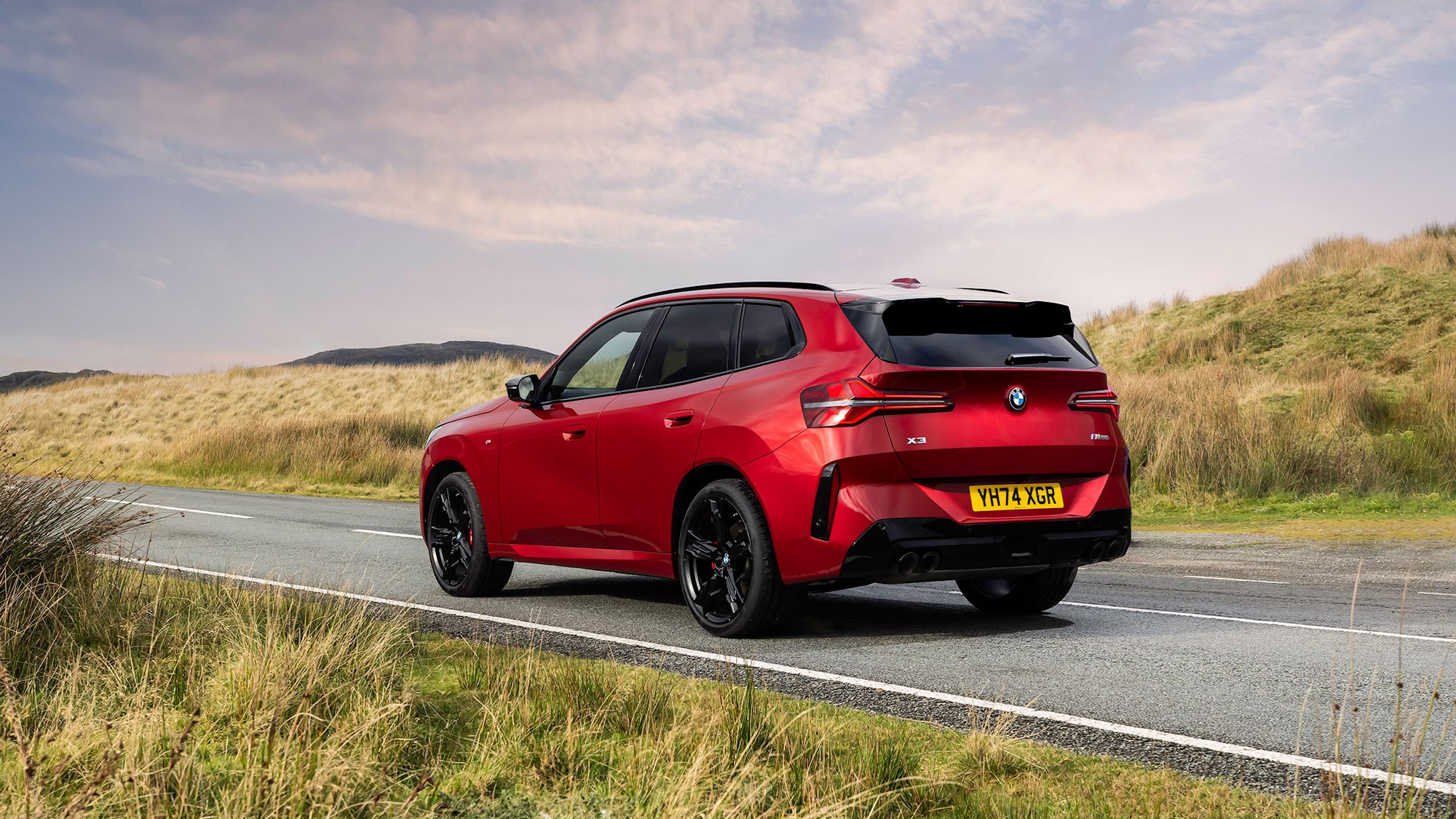
If you’re not bothered about being eco or frugal, though, you can opt for the M50. It replaces the old M40i – and goodness gracious, is it good. It’s powered by a 3.0-litre straight-six petrol engine that throws an enormous 393bhp and 428lb ft of torque at the wheels, to deliver a 0–62mph time of 4.6 seconds and a limited top speed of 155mph.
What’s it like to drive?
The X3’s talent has always been the way it drove, especially if you’re looking for a dash of sportiness, with driving manners exceeding those of an Audi Q5 and Mercedes GLC, albeit often to the detriment of ride comfort. BMW has worked to improve the latter and the result is impressive.
You can’t have air suspension on the X3 (go for a lavishly equipped Macan if that’s your thing). Adaptive dampers are available, though – and they’re very good. They’re fitted as standard to the M50 or you can have them as an optional extra on lowlier versions.
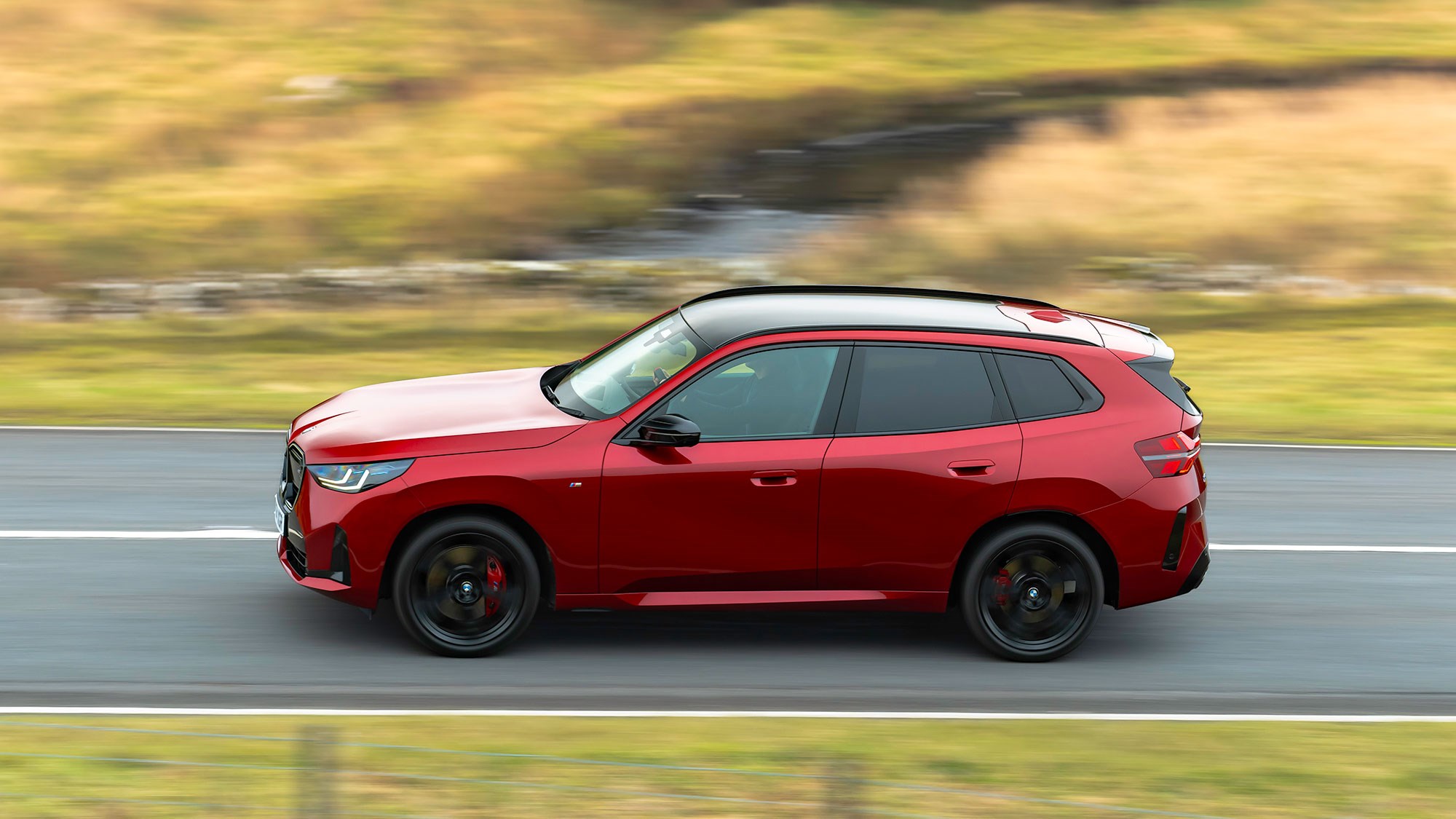
We’ve now tried a 20 xDrive and M50 on adaptive suspension. The setup is well damped everywhere in standard mode, with a level of compliance we’ve not yet seen in an X3. But it was a little too firm at low speeds in Sport mode. So, save that setting for when you’re on the open road – it smooths out as you pile on the speed.
The 20 xDrive has enough poke in the mid-range, but it gets breathless when you wring it out to the redline. At the end of the day, it’s still quite a small engine in what’s quite a large and heavy car. No matter how much boost you cram into it, you can’t argue with physics.
Happily, the M50 is much, much better. It’s delightful. The six-cylinder engine has loads of grunt in reserve and, because it has more capacity to play with, you don’t need to worry as much about keeping it on boost. Simply flex your big toe and gurn out of the side window as your overtaking victim rushes past your B-pillar. It’s hilarious.
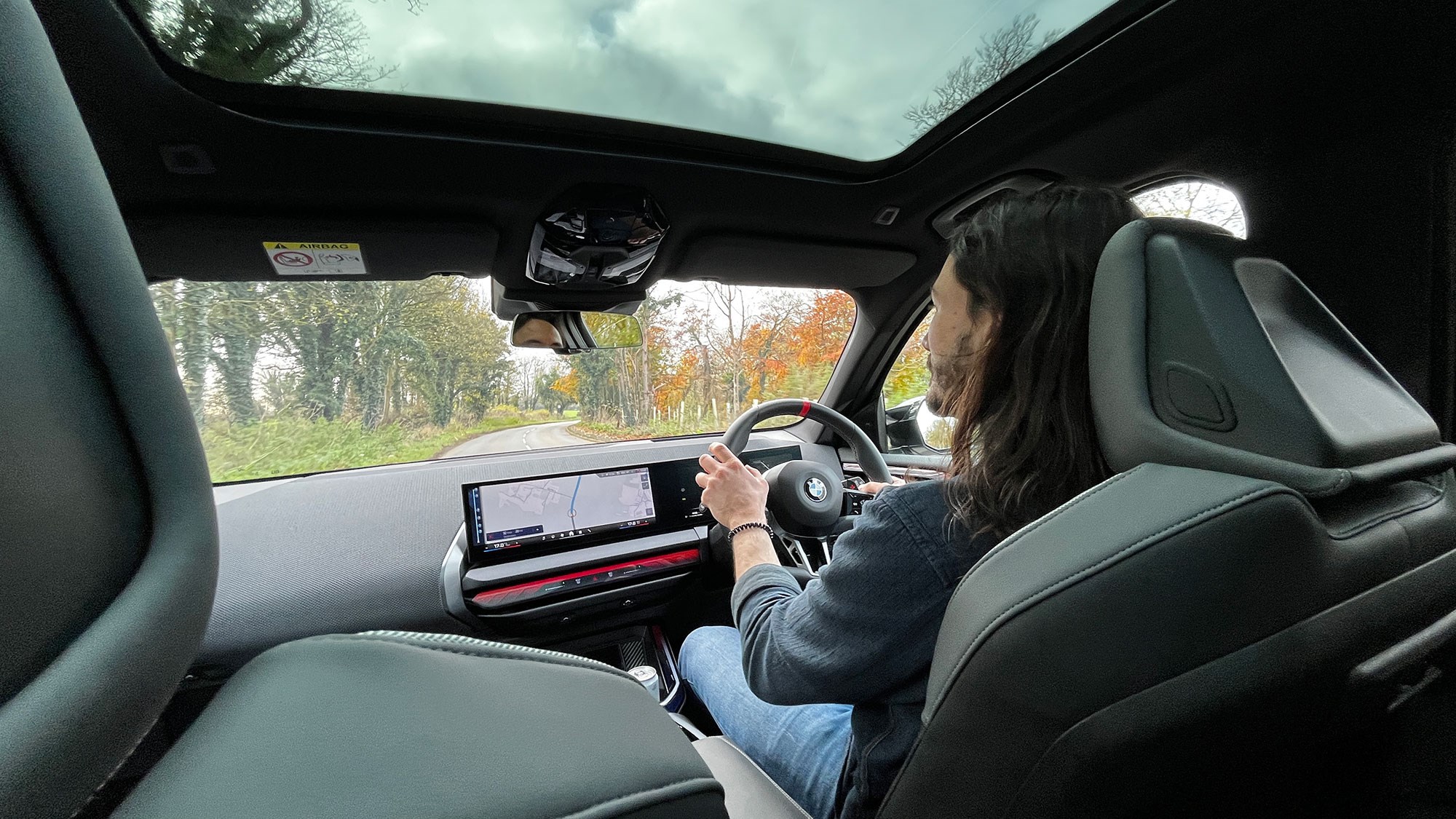
For a car capable of such enormous speeds, it’s remarkably composed and refined. The M50 is up there with the best SUVs for tearing across Europe in. The engine is vocal when you want it to be (i.e. tearing down a slip road) and quiet when you don’t (i.e. cruising along at 70mph). The engine is accompanied by a contrived synthetic exhaust note that’s piped through the speakers but, mercifully, you can turn that off. The engine doesn’t need it.
You get the same chubby steering wheel found in the 1 Series – but it feels more at home here. The feel for an SUV is impressive. It’s natural and easy to place through even the tightest corner, but it also offers plenty of room for playfulness if you want it. If you can afford it, the M50 is the one to go for.
What’s the interior like?
The new X3’s interior is a significant departure from its predecessor, with BMW’s impressive Curved Display dominating the interior. Made up of a huge 14.9-inch touchscreen and 12.7 digital instrument cluster, both offer sharp graphics and an impressive response time.
While there are few physical buttons, you may be glad to know that the new X3 keeps the iDrive rotary controller. This means you aren’t purely reliant on the touchscreen to control key functions such as the climate. We’re divided by the system, though – half of the CAR team preferred using the touchscreen, while the rest gravitated towards the rotary controller. Weird how times change.
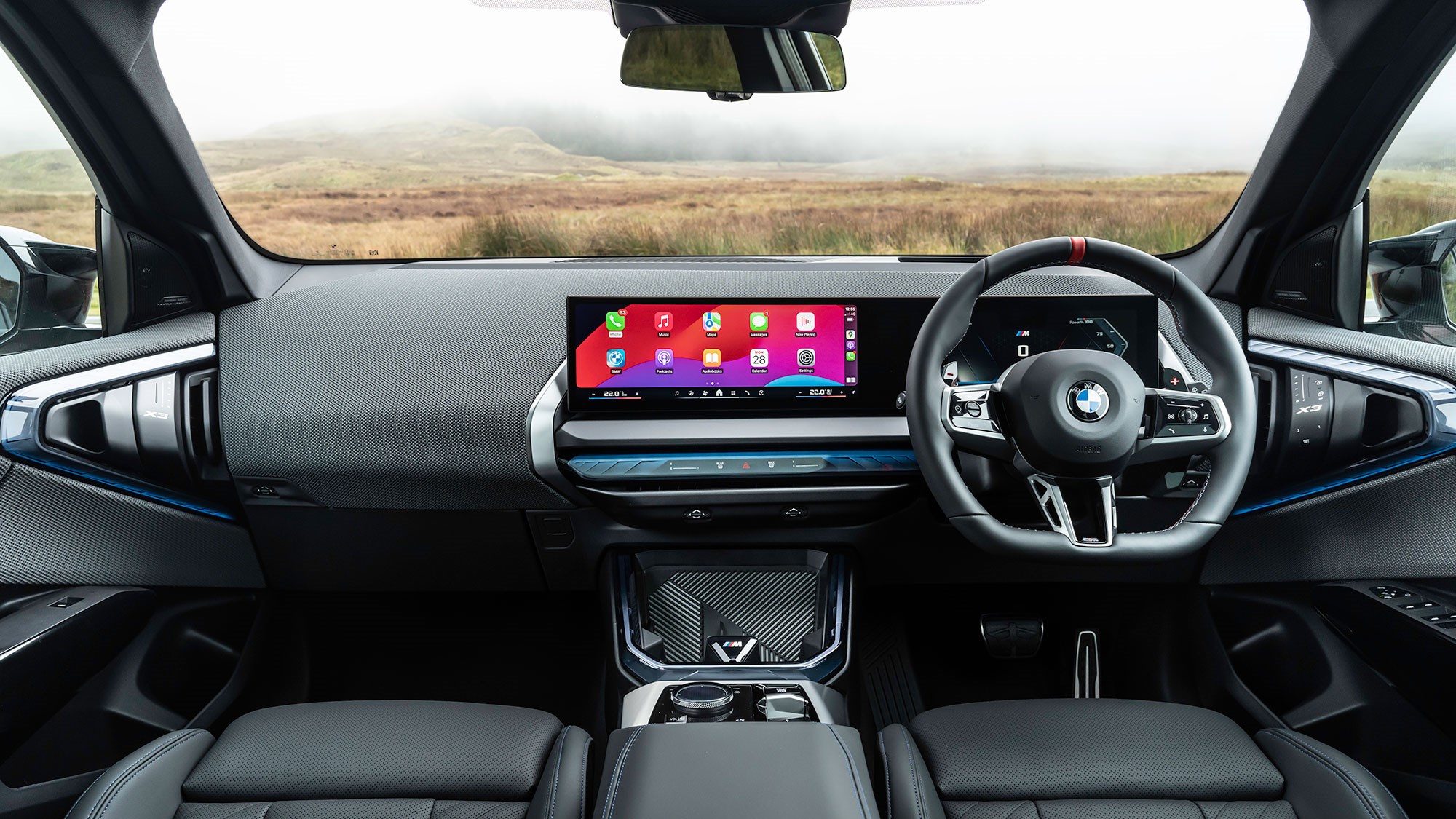
It looks pretty swish, with its glowing interaction bar that stretches across the door cards. The side air vents are also controlled by a sliding touch control, which are a bit gimmicky if we’re honest. What’s worse is how the overall quality falls short for a £50,000 SUV. There are some surprisingly cheap materials on the door cards and below the touchscreen, both of which are areas you interact with quite often. The outgoing Audi Q5 and Volvo XC60 feel far better built inside.
More positive is the X3’s spaciousness. Although it’s not available with a third row of seats – that’s unique to the Land Rover Discovery Sport in this class – the seats it does have are all very useful. Adults can sit comfortably in the rear seats, and the 570-litre boot is ever so slightly larger than before. Individually folding rear seats and a retractable parcel shelf that neatly fits beneath the boot floor when not in use also make the X3 even more useful than it was before.
Before you buy (trims and rivals)
Three versions of the X3 are available – xLine, M Sport and the M50. Prices for the xLine start from £48,375; M Sport versions are priced £50,175 and the flagship M50 starts from £66,980.
That’s fairly competitive, almost matching the starting price of a Volvo XC60. It’s also considerably cheaper than the Mercedes GLC’s £52,895 entry price. The X3 M50 is also around £6,000 less than the equivalent GLC 43. As with any BMW, the option packs are what quickly increase the price, as it’s quite easy to spend another £10,000 if you don’t exercise much restraint.
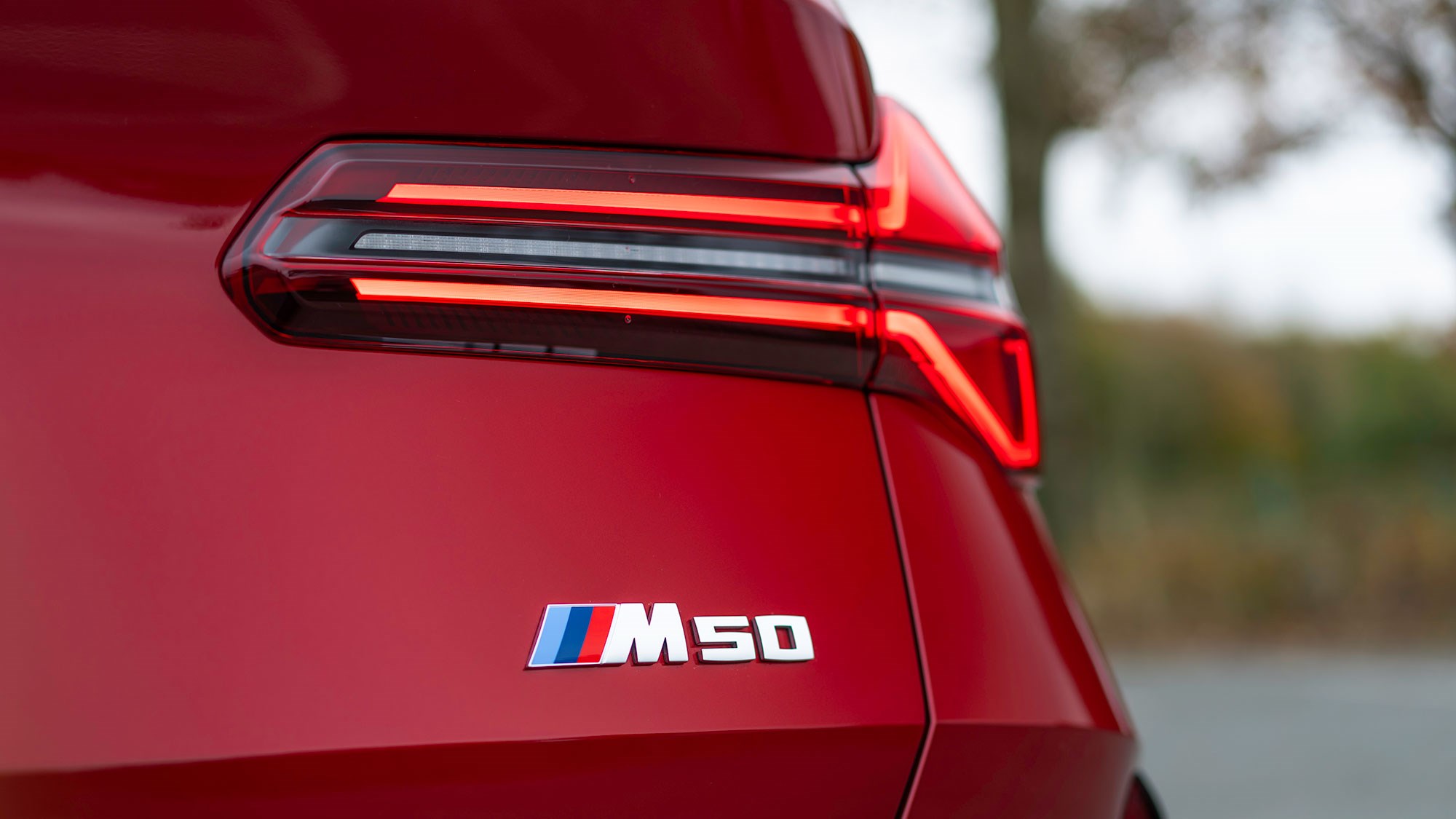
Standard equipment includes 18-inch alloy wheels, an electric boot, keyless entry and heated and electric front seats, with the M Sport trim adding larger 19-inch rims, a sportier body kit and Alcantara and vegan leather upholstery. With the top-spec M50, you’re primarily paying for its much more powerful engine, although it also gets the tacky light-up grille and some upgraded brakes.
Verdict
The X3 has always been one of the more enjoyable family SUVs to drive, but the chassis tweaks BMW has made to this fourth-generation model have made it even better. We’re particularly fond of how the brand has managed to engineer in a little more comfort. It’s made a great all-rounder even more recommendable.
Like before, it’s a spacious and practical choice. We’re also happy BMW has resisted the march of electrification and kept the car available with such a broad range of engines – with the new M50 being a real highlight. It’s only the slightly cheap-feeling interior that detracts from what is otherwise an SUV that’s hard to fault. Other than the way it looks, perhaps…
Specs are for BMW X3 M50 xDrive.